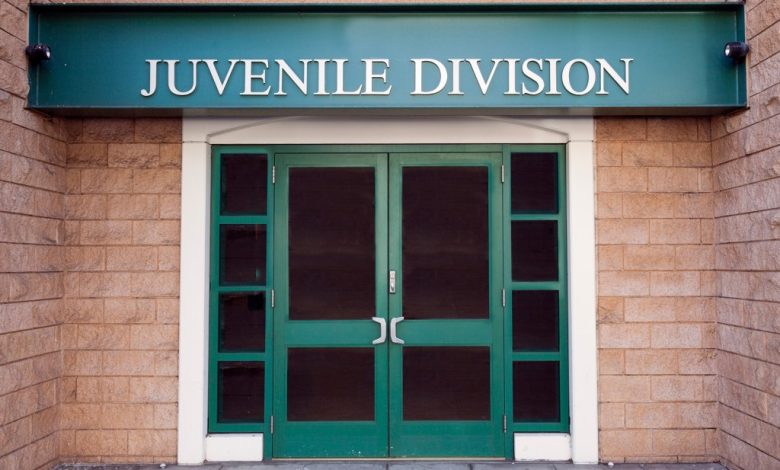6 Stories on Teenagers in Prison – Ganjactivist.com

On any given day, there are nearly 60,000 incarcerated teens in U.S. prisons and juvenile detention centers.
The problem begins with what advocates call the school-to-prison pipeline, or policies and procedures that drive students from the classroom to the criminal legal system.
Today, 3.3 million students are suspended or expelled every year, according to the American Civil Liberties Union. That’s double the expulsion rate of the 1970s, when schools first began mandating zero-tolerance policies and punishments. Students who are expelled or otherwise encouraged to drop out of school are 72% more likely to be incarcerated later in life, according to the American Bar Association.
A 2019 report by The Sentencing Project found that approximately 12,000 people in the U.S. are serving life sentences for a crime they committed before they were 18. The same study found that extensive sentences have dire psychological consequences for teenagers, hindering social, academic and emotional development.
Today there are fewer incarcerated youth than at any point in recent history. The Sentencing Project found that there was a 77% decline in youth incarceration between 2000 and 2020. The organization notes that most juvenile offenses are low-level and nonviolent, and attributes the sharp decline to the erosion of tough-on-crime policies and promotion of resources for U.S. youth.
But significant disparities remain. A disproportionate number of those being arrested are students of color, particularly Black and brown children, students with disabilities, students who identify as LGBTQ+ and students from under-resourced families. Advocacy groups are encouraging lawmakers to implement policies that address disparities in youth justice and prioritize resources over detention.
PJP is sharing a collection of six stories to help readers better understand the issue of youth incarceration.



“Haircut Leads to Trip Down Memory Lane” by Jessie Milo: “I reveled in the image of her performing such a mundane and normal task. It felt symbolic of the beauty of normalcy, the beauty of freedom and life.”


“Sending Teenagers to Prison Has Severe Consequences” by Robert Schultz: “We are being kept in prisons for decades or a lifetime — well after we have grown into an adult and become a completely different person from the one who arrived at prison. It seems like folks on the outside have forgotten about us.”
This article first appeared on Prison Journalism Project and is republished here under a Creative Commons license.![]()




